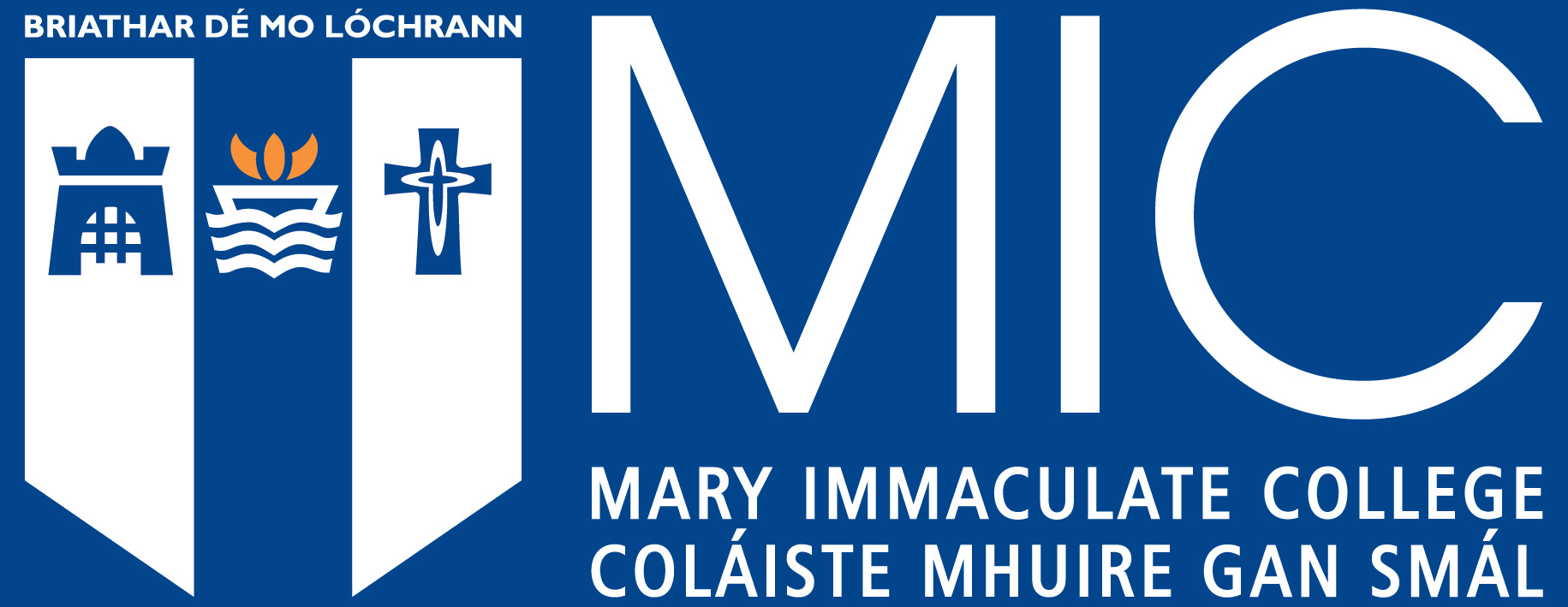A personalised exercise programme for individuals with lower limb amputation reduces falls and improves gait biomechanics: A block randomised controlled trial (Pre-published version)
Citation
Schafer, Z. A., Perry, J. L., & Vanicek, N. (2018). A personalised exercise programme for individuals with lower limb amputation reduces falls and improves gait biomechanics: A block randomised controlled trial. Gait and Posture. doi: 10.1016/j.gaitpost.2018.04.030.

View/
Date
2018Author
Perry, John
Schafer, Zoe A.
Vanicek, Natalie
Peer Reviewed
YesMetadata
Show full item record
Schafer, Z. A., Perry, J. L., & Vanicek, N. (2018). A personalised exercise programme for individuals with lower limb amputation reduces falls and improves gait biomechanics: A block randomised controlled trial. Gait and Posture. doi: 10.1016/j.gaitpost.2018.04.030.
Abstract
Background: Lower limb amputees (LLAs) are at increased risk of falling due to the inherent asymmetry resulting from their limb loss, muscle weakness and other neuro-musculoskeletal limitations. Research question: The aim of this study was to evaluate the effects of a personalised exercise programme on falls prevention and gait parameters in LLAs. Methods: Fifteen LLAs, recruited from their local prosthetic services centre, were block randomised, by age and level of amputation, into two groups: exercise group (transfemoral, n = 5; transtibial, n = 2) and control group (transfemoral, n = 5; transtibial, n = 3). The exercise group completed a 12-week programme, focusing on strength, balance, flexibility and walking endurance, delivered in group sessions at the University, and combined with a personalised home exercise programme. Temporal-spatial, 3D kinematic and kinetic gait parameters were collected at baseline and post-intervention. Falls incidence was also followed up at 12 months. Results: The exercise group experienced significantly fewer falls in the one-year period from baseline, compared with the average annual falls rate, obtained at baseline (P = 0.020; d = 1.54). Gait speed in the exercise group increased by 0.21 m∙s−1, to 0.98 m∙s−1 (P < 0.001; d = 0.91), through increased intact limb cadence. In the pre-swing phase, there were significant increases in intact limb peak vertical force, and affected limb peak propulsive (anterior) force for the exercise group. Power absorption and generation significantly increased at both the intact and affected hip joints (H3) and the intact ankle (A1 and A2) for the exercise group, resulting in significant group*time interactions. Significance: This is the first study to document the clinically meaningful benefits of an exercise intervention for falls prevention and gait performance in LLAs. Specialised exercise programmes for community-dwelling LLAs should be implemented as a method to reduce falls and improve walking performance in this population.
Keywords
FallsLower limb amputee
Exercise
Gait
Biomechanics

